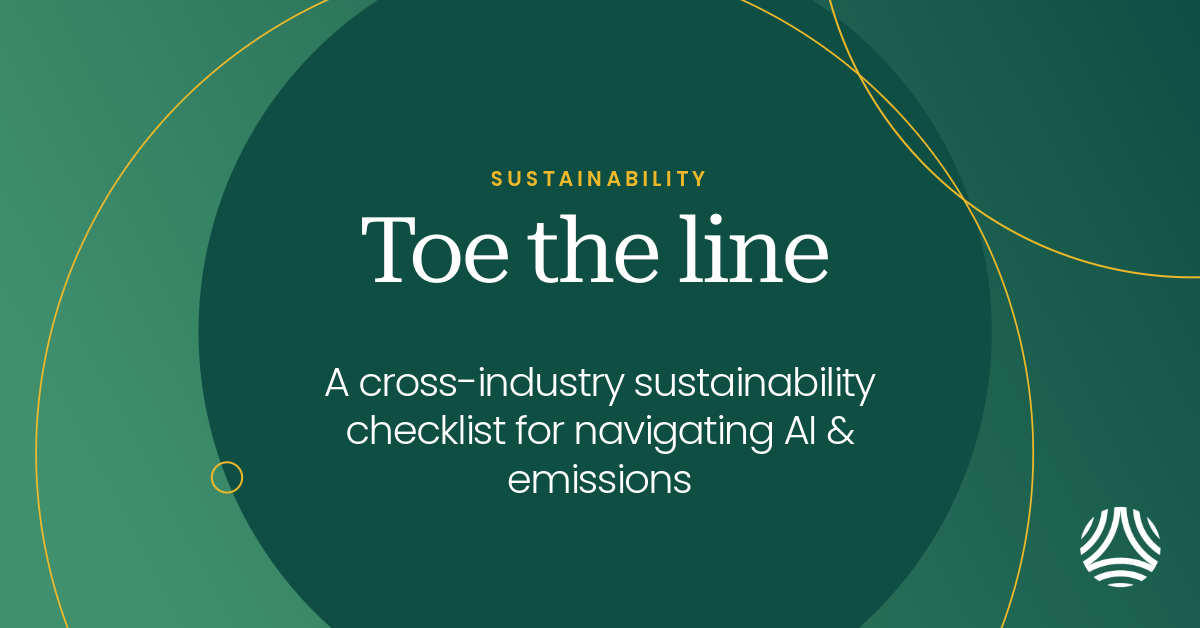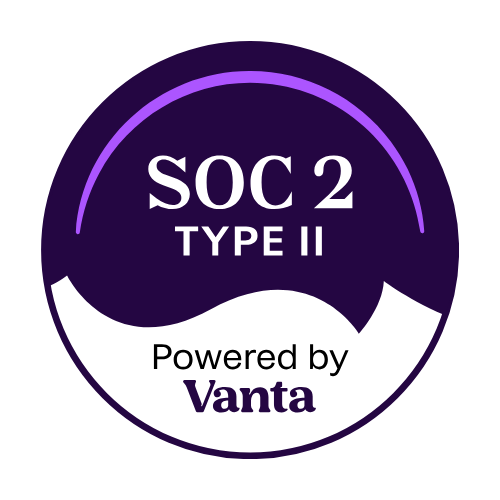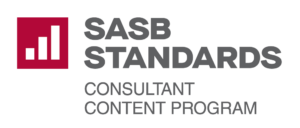Table of contents
Healthcare remains a top concern for business leaders, and for good reason. In an environment shaped by evolving policy, rising costs, and growing workforce expectations, organizations are facing increased pressure to proactively manage healthcare-related risks. Recent legislative developments have once again underscored the need for adaptable, forward-thinking strategies.
While the long-term effects of new healthcare policies are still unfolding, one thing is certain: unpredictability is the new normal. For companies focused on long-term resilience, it’s essential to control what they can—especially when it comes to employee well-being, operational continuity, and environmental impact.
The intersection of healthcare and sustainability
Healthcare costs are deeply influenced by the environments in which people live and work. Poor air quality, extreme heat, and limited access to healthy infrastructure can all increase long-term health risks and, in turn, employer-sponsored healthcare costs. That’s where sustainability comes into play.
Sustainability isn’t just about environmental stewardship; it’s also a practical lever for improving workforce well-being. Clean energy use, healthier indoor air quality, green building practices, and climate-conscious supply chains all contribute to a safer, more resilient workplace. These initiatives help reduce preventable health issues, improve employee productivity, and ultimately lower healthcare expenditures.
Managing risk through a sustainability lens
Volatile healthcare costs are just one aspect of a broader risk landscape. Organizations also face challenges tied to supply chain disruption, physical climate risk, and emerging regulations. Companies with distributed facilities or complex supplier networks are especially vulnerable to shifts in climate patterns or compliance requirements.
In this context, sustainability becomes a valuable tool for risk mitigation. A well-designed sustainability program can provide data-driven insights into environmental exposures, supplier vulnerabilities, and emissions hotspots, all of which inform smarter long-term decision-making.
Forecasting for a resilient future
Today’s business leaders are expected to go beyond traditional forecasting models to account for environmental and social risk factors that can directly impact costs, continuity, and reputation. One increasingly critical area of focus: the supply chain.
Companies are under mounting pressure, from investors, regulators, and consumers alike, to evaluate not just their direct operations, but the environmental and social footprint of their suppliers. This includes identifying high-emitting vendors, assessing exposure to climate risks, and monitoring labor practices across the value chain.
Supply chain emissions, which are Scope 3 emissions, often account for the majority of a company’s total carbon footprint. Yet, they are also typically the most difficult to track due to limited visibility and inconsistent data tracking and organization by suppliers and companies alike. That’s why many organizations turn to frameworks such as the CDP Supply Chain program, which enables companies to request climate-related disclosures from their suppliers and benchmark responses across key risk categories. Through this process, companies can pinpoint where emissions reductions are most needed and where noncompliance or lack of action may pose future liabilities.
Similarly, assessing labor practices helps businesses mitigate reputational risk and uphold corporate social responsibility commitments. With regulations like SB 253 and SB 261 gaining traction, more companies are being required to publicly disclose climate risks and sustainability metrics, increasing the scrutiny on how and where they do business.
Greenplaces helps companies streamline this assessment process. By connecting ESG data from suppliers via partnerships with organizations like EcoVadis and providing structured pathways to meet reporting standards such as CDP, Greenplaces enables companies to close visibility gaps and proactively manage supply chain risk. Our platform not only surfaces risk hotspots across operations and vendor networks, it also provides actionable insights for you to make progress.
Resilient companies don’t just react to change; they anticipate it. With better data and smarter forecasting, sustainability becomes a strategic advantage.



